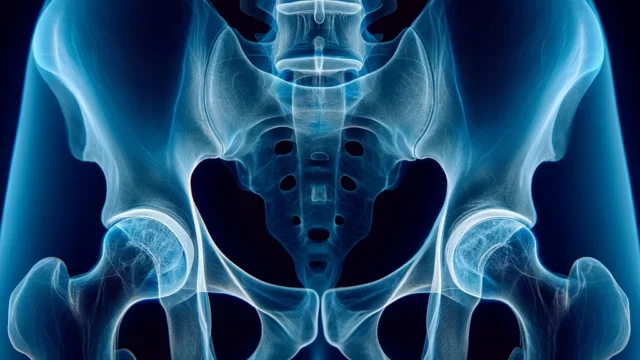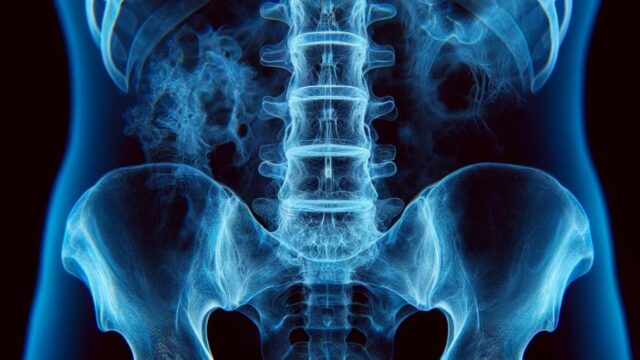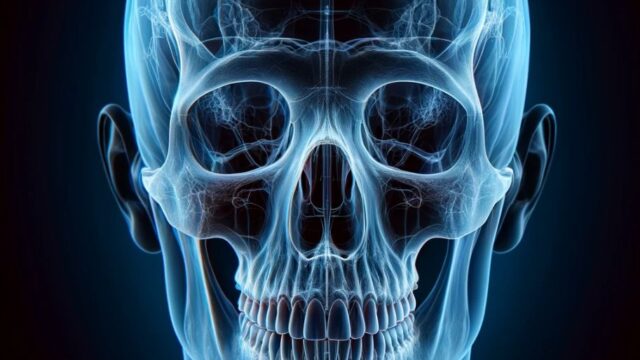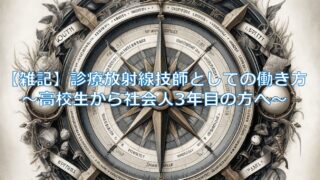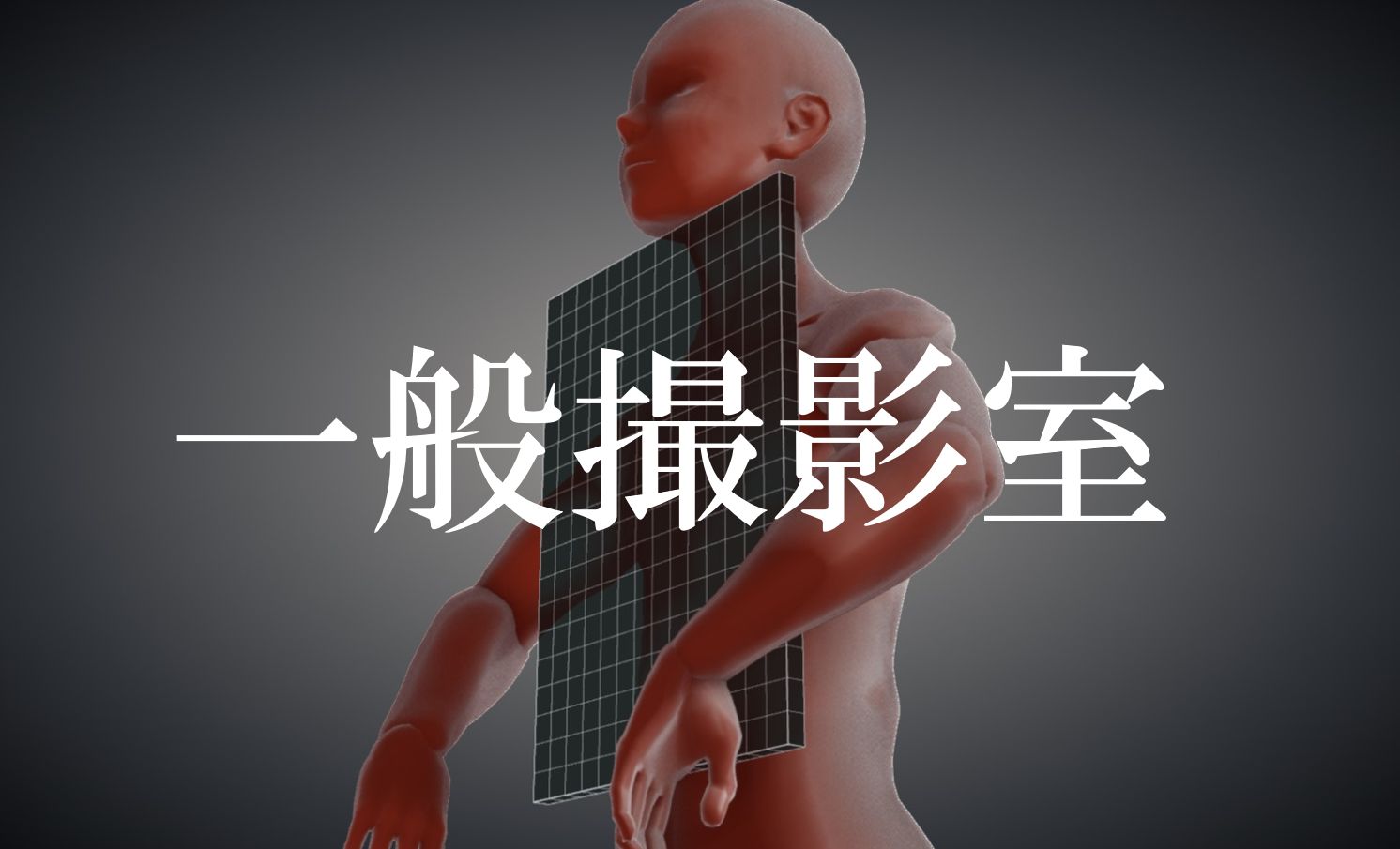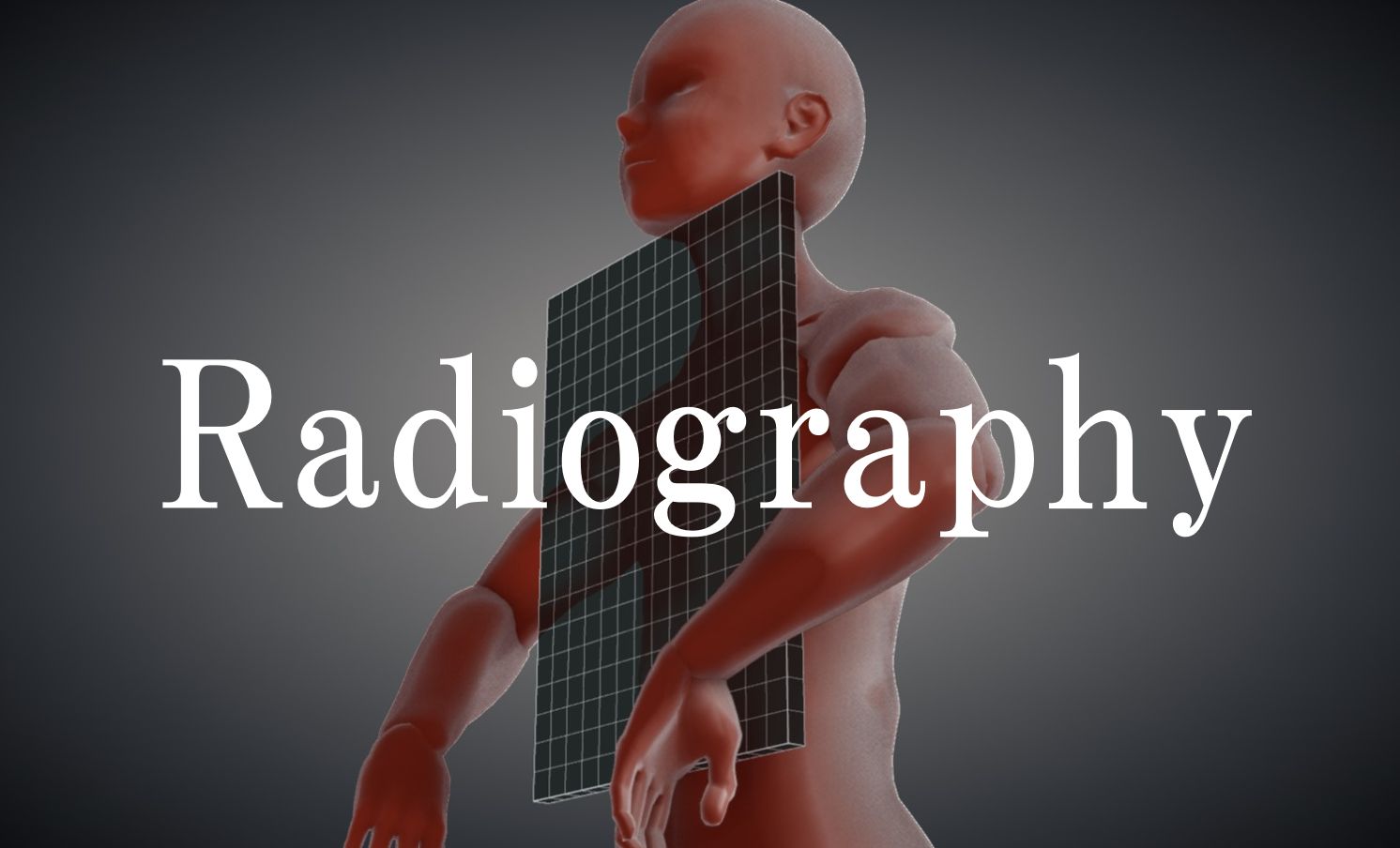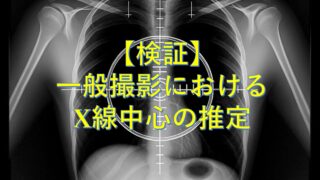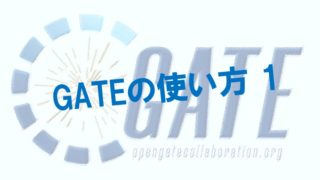Purpose
1. Partial extension view :
Obtain a AP view of a patient unable to extend the elbow joint.
Perform two imaging sessions (upper arm side and forearm side)
2. Tangential view :
45-defree flexion position : Used for diagnosing osteochondritis dissecans of the elbow.
60-degree flexion position : Used for diagnosing avulsion fractures of the medial epicondyle of the humerus.
Prior confirmation
Check whether the observation part is on the humeral or forearm side.
If the patient cannot be extended from a flexed position of 90 degrees or more, other imaging methods should be considered.
Positioning
Seated position.
Tilt the body to align the elbow joint in the anterior direction (with the line connecting the medial and lateral epicondyles parallel to the cassette), and slightly externally rotate the entire upper limb from the shoulder.
1. Partial extension view :
Extend the elbow joint as much as possible. If the purpose is to visualize the humerus, raise the elbow joint to shoulder level and align the upper arm parallel to the film. If the purpose is to visualize the forearm, lower the elbow joint and align the forearm parallel to the film.
2. Tangential view :
Ensure close contact between the forearm and the cassette, and position the long axis of the humerus at an angle of 45-60 degrees relative to the cassette. The angle may vary depending on the examination purpose.
CR,distance, field size
CR : Vertical incidence at a point 2 cm distal to the elbow crease at the center of the medial and lateral epicondyles.
*If the elbow joint is flexed nearly 90 degrees, oblique incidence at ~15 degrees toward the elbow joint.
Distance : 100cm
Field size : The range includes the distal 1/2 of the humerus to the proximal 1/2 of the forearm.
Exposure condition
52kV / 5mAs
Grid ( – )
Image, check-point
Ulnar coronoid process fracture (Radiopaedia)
Osteochondritis dissecans of the elbow (Radiopaedia)
Little leaguer’s elbow (Radiopaedia)
Videos
1. Partial flexion view :
2. Tangential view :
Not found.
Related materials














